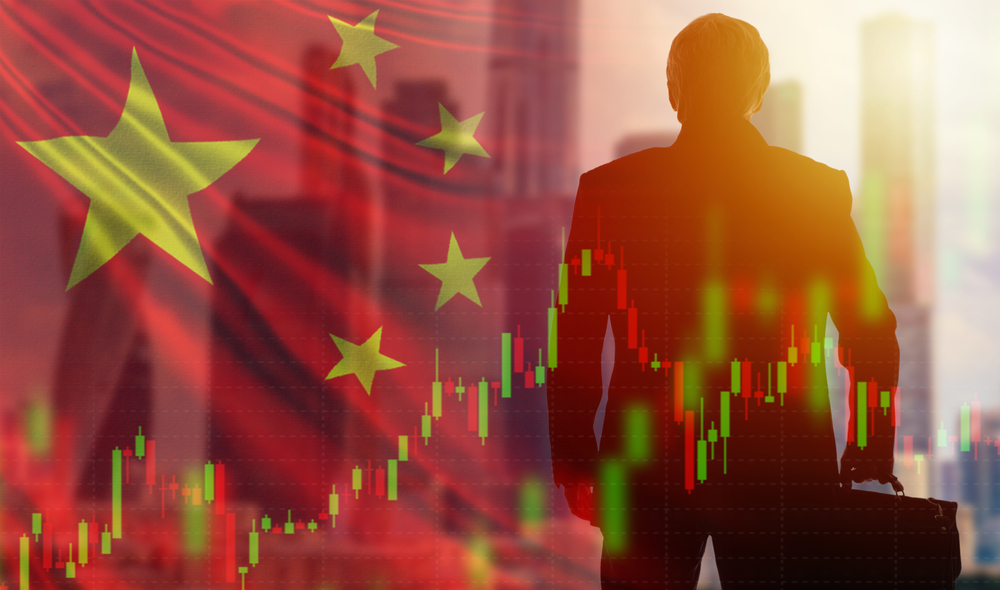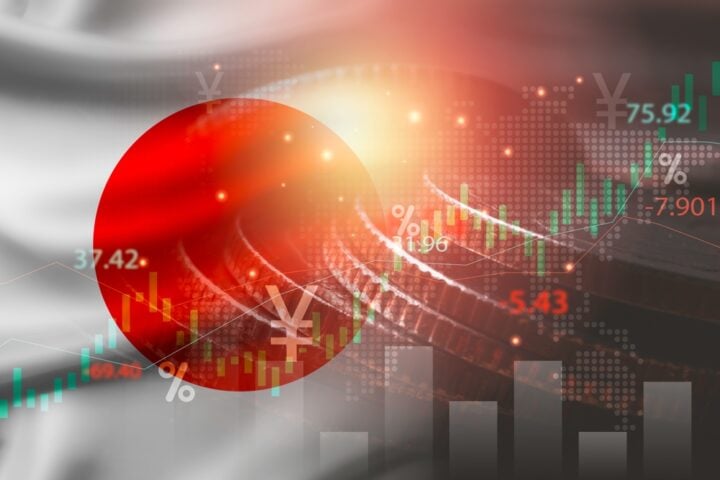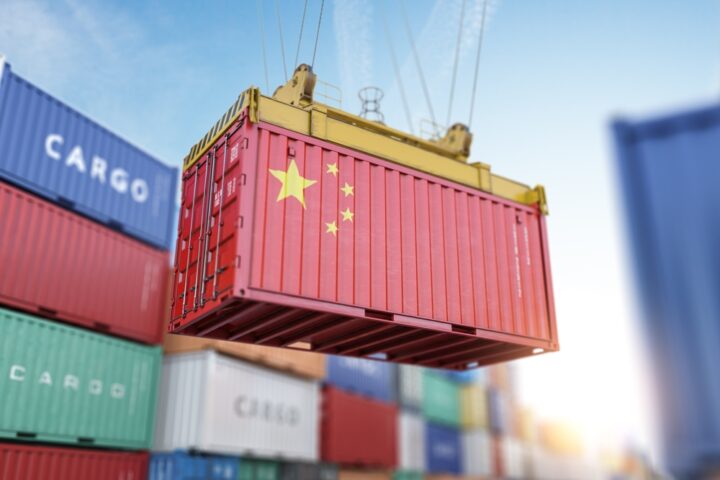China Hits Growth Target, But At What Cost?
China’s economy expanded by 5% in 2024, matching Beijing’s official growth target, but underlying economic weaknesses persist, raising concerns about the sustainability of its recovery.
While the headline figure appears strong, many Chinese citizens and businesses are struggling with declining incomes, job losses, and falling domestic demand. The government’s reliance on industrial output and exports rather than boosting consumer spending suggests that structural issues could deepen in 2025, especially as U.S. tariffs on Chinese goods loom under President-elect Donald Trump’s administration.
Industrial Strength vs. Domestic Weakness
Recent December data highlights the imbalance in China’s economic growth:
- Industrial output surged, driven by factory exports.
- Retail sales lagged, reflecting weak consumer demand.
- Unemployment edged higher, with youth unemployment at 16%.
The reliance on export-led growth has been partially supported by deflation, making Chinese goods more competitive globally, but it also erodes corporate profits and workers’ wages, worsening the domestic economic outlook.
Economic Concerns: A Growing Disconnect
Some economists and industry experts are skeptical about China’s official growth figures.
“It seems dubious that China precisely hit its growth target for 2024 at a time when the economy continues to face tepid domestic demand, persistent deflationary pressures, and flailing property and equity markets,” said Eswar Prasad, a former IMF China director.
Many business owners and workers share this skepticism. Andrew Wang, an executive in industrial automation, reported a 16% drop in revenues, forcing him to lay off workers.
“The data China released was different from what most people felt,” Wang said. “We need to run faster just to stay where we are.”
China’s Response: More Stimulus, More Debt
To counter slowing growth, Beijing has rolled out massive economic stimulus measures, including:
- A $1.36 trillion debt package for local governments.
- The largest monetary easing steps since the pandemic.
- A property sector rescue plan in May 2024.
However, critics warn that if stimulus efforts continue to favor industrial upgrades over consumer spending, China risks worsening overcapacity and deepening deflation.
Nomura analysts argue that a “truly sustainable” recovery would require:
- Easing fiscal and monetary policies.
- Addressing the ongoing property crisis.
- Reforming tax and social welfare systems.
- Easing geopolitical tensions with major trade partners.
“Simply put, despite today’s sanguine data, now is not the time for Beijing to rest on its laurels,” the analysts said.
Trade War Risks and Foreign Investment Uncertainty
China faces an uncertain trade environment, with U.S. tariffs expected to rise under Trump’s second term.
- Higher tariffs could accelerate manufacturing relocations to other countries.
- Corporate profits and jobs may suffer as exporters struggle with shrinking margins.
- Foreign investors remain cautious, with Chinese markets underperforming despite positive GDP figures.
Alicia Garcia-Herrero, chief economist for Asia Pacific at Natixis, dismissed China’s 5% GDP growth as irrelevant, saying,
“Are investors around the world going to invest in China because they hit 5%? No.”
Widespread Economic Unease
Many Chinese citizens feel the effects of the slowdown firsthand:
- Civil servants received their first major pay raise in a decade.
- Financial regulators and private sector workers have faced steep wage cuts.
- Investment bankers like Jiaqi Zhang have seen pay reduced by 30% over two years, with mass layoffs in the industry.
“There is a general feeling of unease in the company,” Zhang said. “I’m ready to leave at any time, but there’s nowhere to go right now.”
Data Skepticism and Growth Projections
Despite official reports showing strong growth, skepticism about China’s economic data is growing.
A Rhodium Group analysis estimated actual GDP growth at only 2.4%-2.8% in 2024, suggesting:
- Government stimulus artificially propped up growth.
- China’s domestic demand remains weak.
- Overcapacity remains a serious long-term risk.
A viral commentary by economist Gao Shanwen, which warned of dispirited youth and overstated GDP growth, was quickly censored on Chinese social media.
What’s Next for China’s Economy?
Looking ahead to 2025, China aims for a similar 5% growth target, but analysts forecast a slowdown:
- 4.5% growth in 2025.
- 4.2% growth in 2026.
If Beijing fails to stimulate domestic consumption, China may face persistent deflation, weaker investment, and declining global trade influence.
For now, while China celebrates its official numbers, growing economic anxiety, skepticism, and geopolitical pressures could make the next few years more challenging than ever.







